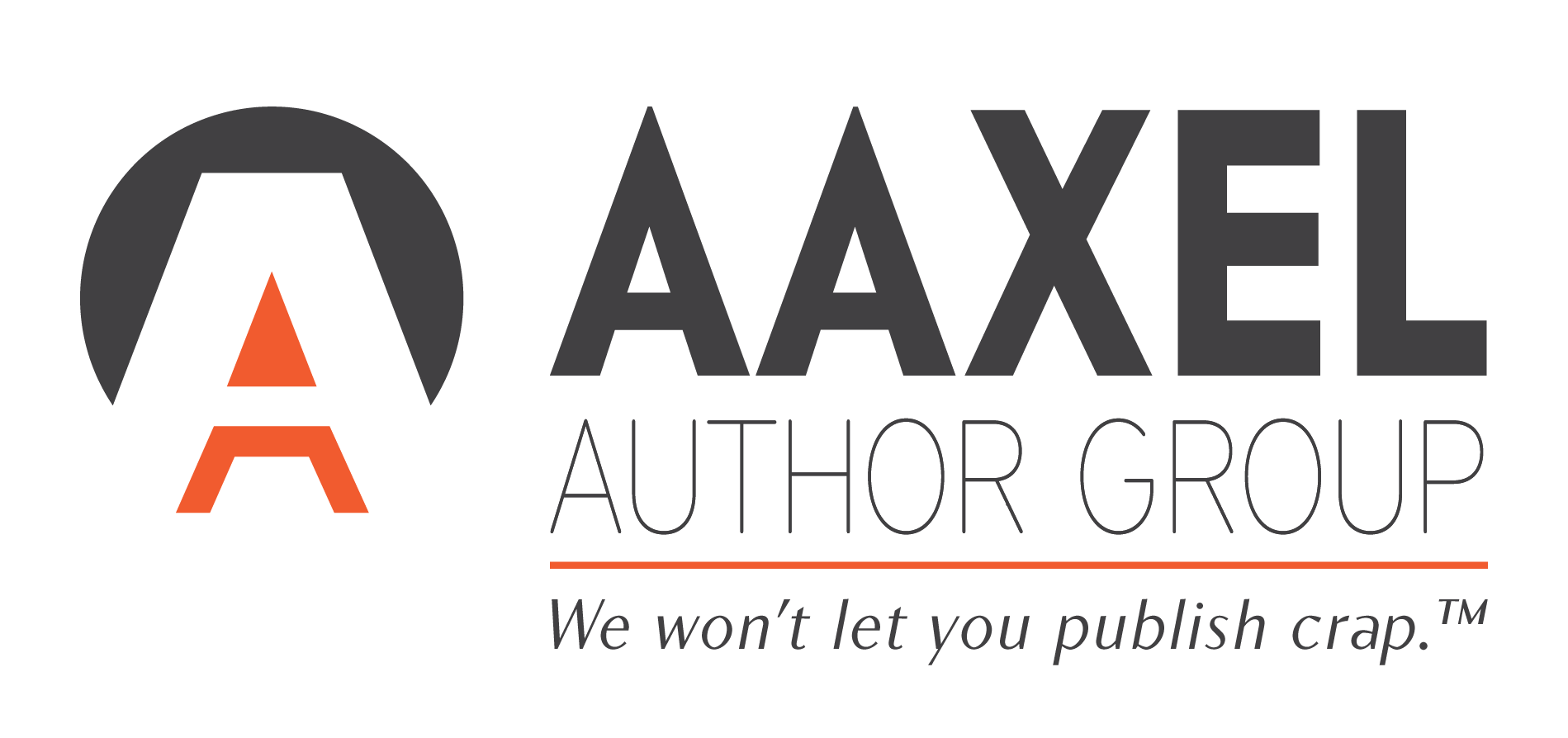Finance 101 for Authors
Guest post by DeAnna Hart, Co-Author of Accounting for Authors
Ah, numbers—most authors’ least favorite component of self-publishing! They’re necessary, but they don’t have to be painful. Trust me when I say that understanding some basic accounting concepts can go a long way toward strengthening your author business.
This post will focus on utilizing accounting calculations for your marketing efforts and applying two key Finance concepts to your author business.
Key Calculations to Boost Your Marketing Success
Some calculations that will come in handy in your marketing endeavors are:
- Net Return ($): Results of activity – Initial cost of activity
- Return on Investment (%): (Net return / Initial cost) x 100 (Also called “ROI”)
- Payback Period (years): Initial cost / First year sales $
- CPC ($): Investment / # of clicks
- Cost Per Sale ($): Investment / # of sales
Net Return, Return on Investment (ROI) and Payback Period
These three concepts are interrelated.
- Net return is what you made (or lost) on an activity after you subtract out the costs of that activity from the results of that activity.
- Return on Investment (ROI) is shown as a percentage, and it’s a measurement of how well a certain activity did.
- Payback Period simply refers to the length of time that it takes for an investment or activity to reach the break-even point, or in other words, how long it takes to recover that cost. Typically, this is measured in years.
-
Cost-per-Click Ads (CPC) and Cost-per-Sale
My single biggest piece of advice about CPC ads? Don’t just look at cost-per-click amount; dig deeper.
For example: $75 spent on a CPC ad to advertise a $4.99 e-book. 125 people click the ‘call to action’ button:
CPC = $75 / 125 = $0.60 per click.
Now, if 35 of the people who clicked went on to buy the book, then:
$75 / 35 = $2.14 cost per sale.
Compare this # to your net royalty per book; if it’s lower than your royalty, that’s good; if not, that’s bad.
35 x $3.49 royalty per book = $122.15 in sales.
Net return = $122.15 – $75.00 = $47.15
ROI = $47.15 / $75 = .628 x 100 = 62.8%
Risk Tolerance and Risk Capacity
Lastly, I want to leave you with a couple of Finance concepts that you can apply to just about every aspect of your author business: Risk Tolerance and Risk Capacity.
- Risk Tolerance is how much risk you’re willing to take.
- Risk Capacity in plain English means, do you absolutely HAVE to take the risk you’re considering at this specific moment in time to accomplish your goals?
Now that we know the terms, here’s how we use them to combat FOMO (fear-of-missing-out) and help us make smarter business decisions. For anything in your author business, ask yourself these two questions:
- Am I comfortable taking this risk?
- Do I have to take this risk right now in order to meet my goals?
If you cannot honestly answer both questions “Yes”, then you need to take a moment and reevaluate whatever it is you’re considering.
Real-World Application
I’ll out myself a bit here and provide a real-world example of a time in my own author career where utilizing this approach would have saved me both time and money.
Let’s talk about my first audiobook (circa 2019-2020) as an example.
- Was I comfortable making that investment? Yes, at the time I considered audiobook costs to be within my risk tolerance level.
- Was that a risk that I absolutely HAD to take at that point in my career? No. It wasn’t. At the time, I only had two books out, so even if audio had taken off like a rocket, I had very little for readers and listeners to devour past that first book. For me personally, doing an audiobook so early in my author journey was a living, breathing example of overestimating my risk capacity.
-
About DeAnna Hart
DeAnna holds an MBA with a concentration in Accounting and has worked in accounting for almost thirty years. She’s also an indie author, with over twenty fiction books published as D.F. Hart and Faith Hart.
She co-authored Accounting for Authors with Mark Leslie Lefebvre.
To find out more about accounting concepts as they relate to indie publishing, pick up a copy of Accounting for Authors today.
And you can reach her here: https://2ofhartsacctg.com

